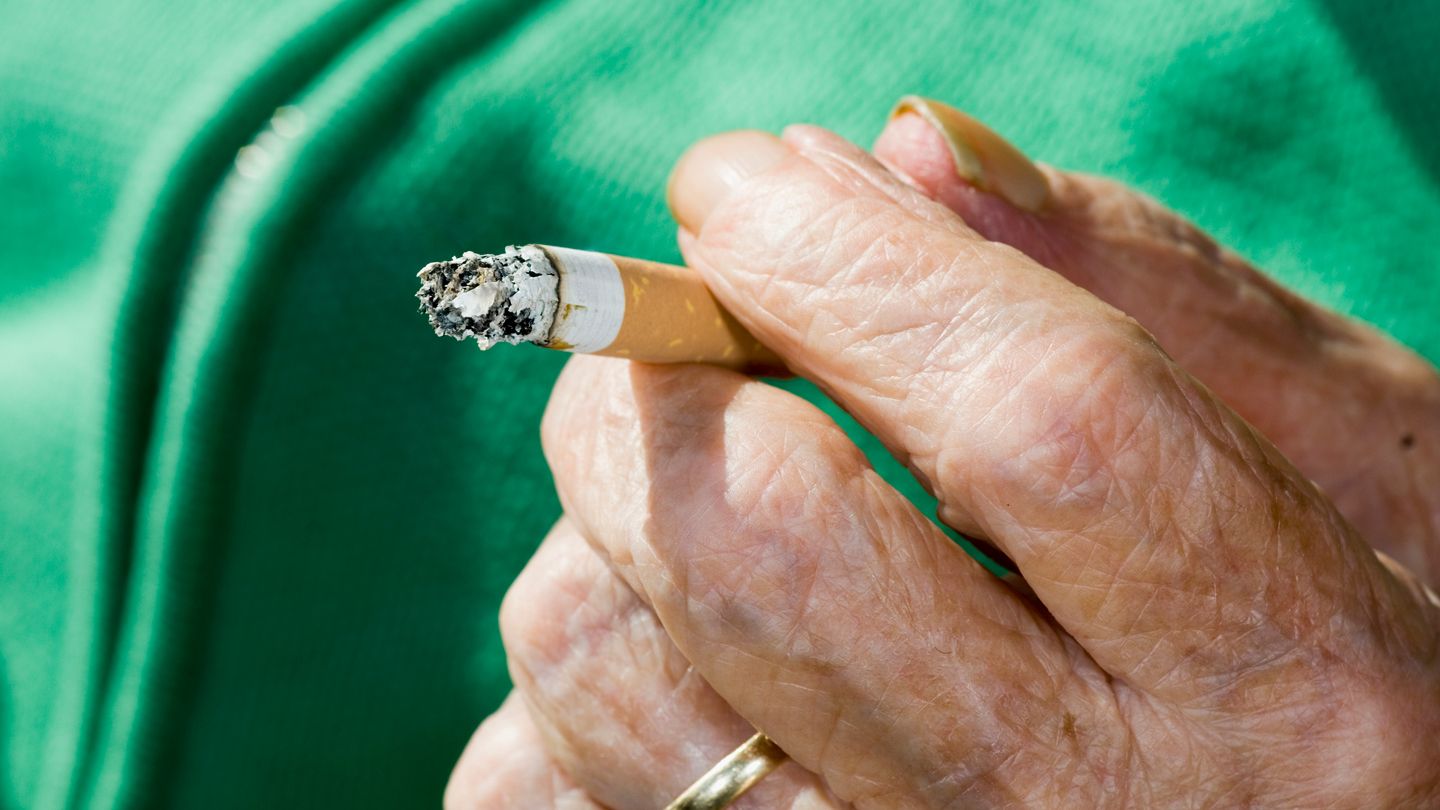Got a friend clutching their chest or a family member suddenly shortofbreath? Here's the fastest answer: call 911 right away, keep them calm, and give a chewable aspirin (if they're not allergic).
While you wait for emergency responders, help them sit or lie down comfortably, loosen any tight clothing, and be ready to start handsonly CPR or use an AED if they stop breathing. Those few minutes can mean the difference between a full recovery and a tragic outcome.
Recognizing Heart Attack
What are the most common heart attack symptoms?
Most people picture a crushing chest pain, but the reality can be a bit messier. Typical signs include:
- Pressure, tightness, or squeezing in the chest that lasts more than a few minutes.
- Pain or discomfort that spreads to the left arm, neck, jaw, back, or even the stomach.
- Cold sweat, nausea, lightheadedness, or an uneasy feeling like "something's off."
These symptoms often appear together, but even a single clueespecially in womenshould set off alarm bells.
How do heart attack signs differ for women and older adults?
Women may feel less of that classic chest pressure and more of these subtle cues:
- Unusual fatigue or weakness that seems out of nowhere.
- Pain in the back, neck, or jaw rather than the front of the chest.
- Shortness of breath without obvious exertion.
According to the Mayo Clinic, older adults often experience "atypical" symptoms, so never dismiss a mild complaint.
When do heart attack symptoms become a cardiac emergency?
If the person loses consciousness, stops breathing, or has no pulse, you're now dealing with cardiac arresta lifethreatening situation that requires immediate CPR and possibly an AED.
FirstAid Checklist
Step1 Call911 (or your local emergency number)
Dial the number and say clearly, "Possible heart attack." Give the dispatcher your exact location, the victim's age, and a quick rundown of symptoms. Stay on the line until they tell you it's okay to hang up.
Step2 Keep the person calm and comfortable
Help them sit with their back supported and knees slightly bent. Loosen any tight belts, collars, or jewelry that might restrict breathing. A simple "It's okay, help is on the way" can keep panic at bay.
Step3 Give aspirin (if safe)
If the person is over 16, isn't allergic, and isn't on a bloodthinner, hand them a chewable 300325mg aspirin. Chewing lets it work faster, thinning the blood and improving the chances that a clot will dissolve.
Step4 Use prescribed nitroglycerin (if they have it)
Follow the doctor's instructionsusually one tablet under the tongue. Don't give extra if you're unsure about the dosage or if the person has low blood pressure.
Step5 Monitor and be ready for CPR/AED
Check responsiveness every 30 seconds. If they become unresponsive and aren't breathing normally, start handsonly CPR right away: 100120 compressions per minute, depth of about 22.4in (56cm). If an AED is nearby, turn it on and follow the spoken prompts.
For detailed CPR steps, the American Heart Association recommends handsonly compressions for untrained rescuers, but if you've taken a class, you can add rescue breaths (30 compressions, 2 breaths).
Step6 Stay with the casualty until help arrives
Talk calmly, reassure them, and keep monitoring their breathing and pulse. Never leave the scene unless you must go make the emergency calljust pick up the phone and keep the line open.
When to Call911
What symptoms must prompt an emergency call?
- Sudden chest pain or pressure.
- Severe shortness of breath.
- Weak, irregular, or no pulse.
- Fainting, loss of consciousness, or no breathing.
What if the person refuses help?
Explain that you're calling for their safety and that you'll stay with them. If they still decline, note their refusal, keep an eye on them, and call emergency services anyway if their condition worsens.
How to give clear info to dispatchers?
Use a short script: "I think my dad is having a heart attack. He's 58, feels a crushing chest pressure that started 10 minutes ago, radiates to his left arm, and he's short of breath." Clear, concise details help responders prepare the right equipment.
CPR & AED Basics
When do you switch from firstaid to CPR?
If the victim collapses, has no pulse, and isn't breathingor is only gaspingstart CPR immediately. Time is crucial; each minute without compressions reduces survival chances by about 10%.
Handsonly vs. full CPR which to use?
- Handsonly: 30 compressions, 100120 per minute, no breaths. Perfect for bystanders without training.
- Full CPR: 30 compressions followed by 2 rescue breaths, repeated. Use if you're trained and comfortable.
Using an AED stepbystep
| Step | Action |
|---|---|
| 1 | Turn on the AED; it will give you voice prompts. |
| 2 | Expose the victim's chest and attach the adhesive pads. |
| 3 | Make sure no one is touching the person. |
| 4 | Follow the AED's instructionusually "press shock" if advised. |
| 5 | Resume CPR immediately after shock, if needed. |
Common CPR myths to avoid
- Myth: "Push hard, push fast" you need the right depth (22.4in) and a steady rhythm.
- Myth: "I must pause for breaths" if you're untrained, just keep compressing.
- Myth: "If they're breathing, no need for CPR" look for normal breathing; occasional gasps don't count.
AfterCare Tips
What should you tell EMS when they arrive?
Give them a quick rundown: time symptoms began, any aspirin or nitroglycerin given, known heart conditions, allergies, and whether the person is on blood thinners. Clear handoff saves precious seconds.
How to support the survivor after the event?
- Stay calm and reassure them that help is on the way.
- Encourage transport to a hospital even if they feel better; a silent blockage can still be dangerous.
- Suggest a followup appointment with a cardiologist within a few days.
Preventive steps for future heart health
- Quit smoking and limit alcohol.
- Adopt a hearthealthy dietthink plenty of fruits, veggies, whole grains, and lean proteins.
- Stay active: 150 minutes of moderate exercise per week is a good target.
- Manage stress through meditation, hobbies, or simple deepbreathing exercises.
- Consider a CPR class; the American Red Cross offers quick courses that can turn you into a lifesaver.
Common Questions
Can I give aspirin to anyone having a heart attack?
Only if they're 16years or older, not allergic, and not on anticoagulant medication. Always call 911 first, then give a chewable 300325mg tablet.
What if the person has nitroglycerin?
Let them take their prescribed dose while you wait for EMS. Don't give extra if you're unsure about the exact amount.
Is "heart attack first aid" the same as "cardiac arrest CPR"?
No. A heart attack is a blockage in the coronary arteries; cardiac arrest occurs when the heart stops beating altogether. Both need emergency help, but CPR is only for cardiac arrest.
How long should I wait before calling 911?
Never wait. As soon as you suspect a heart attack, dial emergency services. Early intervention saves lives.
Can I use an AED on someone who is still conscious?
Only if the person becomes unresponsive or has no pulse. Otherwise, focus on comfort, aspirin, and staying with them.
Conclusion
When a heart attack strikes, the best response is straightforward: call 911, give aspirin if it's safe, and stay ready to start CPR or use an AED. Those quick actions buy precious minutes for the medical team and dramatically boost the odds of a full recovery. Remember, staying calm, speaking clearly, and following the simple checklist can turn a frightening emergency into a manageable situation.
Take a moment now to share this guide with friends and family, keep a small firstaid kit (including chewable aspirin) at home, and consider signing up for a CPR class. The more prepared we all are, the safer our communities become. Got a story or a question about heartattack first aid? Drop a comment belowlet's keep the conversation going and help each other stay healthy.
FAQs
What are the first things to do if someone is having a heart attack?
Call 911 immediately, keep the person seated or lying comfortably, loosen tight clothing, give a chewable 300 mg aspirin if they’re not allergic, and stay with them while waiting for help.
Can I give aspirin to anyone during a heart attack?
Aspirin can be given to people over 16 who are not allergic, not on anticoagulants, and have no contraindications. Always call emergency services first.
How do I know when to start CPR for a heart attack?
Start CPR only if the person collapses, becomes unresponsive, and has no normal breathing or pulse. If they are still conscious and breathing, focus on first‑aid measures.
What differences are there in heart attack symptoms for women?
Women may experience less chest pressure and more subtle signs such as unexplained fatigue, pain in the back, neck, or jaw, shortness of breath, and nausea.
How should I use an AED on a heart attack victim?
Use an AED only if the person is unresponsive and has no pulse. Turn on the device, attach the pads to the bare chest, follow the voice prompts, and deliver a shock if advised, then resume CPR.
Disclaimer: This article is for informational purposes only and does not constitute medical advice. Always consult with a healthcare professional before starting any new treatment regimen.
Related Coverage
Suffering a heart attack when alone can be frightening. Know the warning signs and how to respond quickly by calling 911, taking aspirin and doing hands-only CPR....
For heart attack first aid, dial 911, keep them calm, chew a 300 mg aspirin if safe, and prepare for CPR or an AED....
Wondering if a sudden smell burnt toast means a heart attack? Learn the real causes, when to worry, and how to get proper care....
Continuing to smoke after receiving a coronary stent leads to a higher risk of restenosis, heart attacks, premature stent failure, and death. Quitting improves outcomes....
If a heart attack hits, sit or lie with knees bent and head supported. This heart attack position reduces strain and buys vital time....
Learn to recognize signs like constant criticism, refusal to compromise, and passive aggression that may indicate you're romantically involved with a difficult woman....





